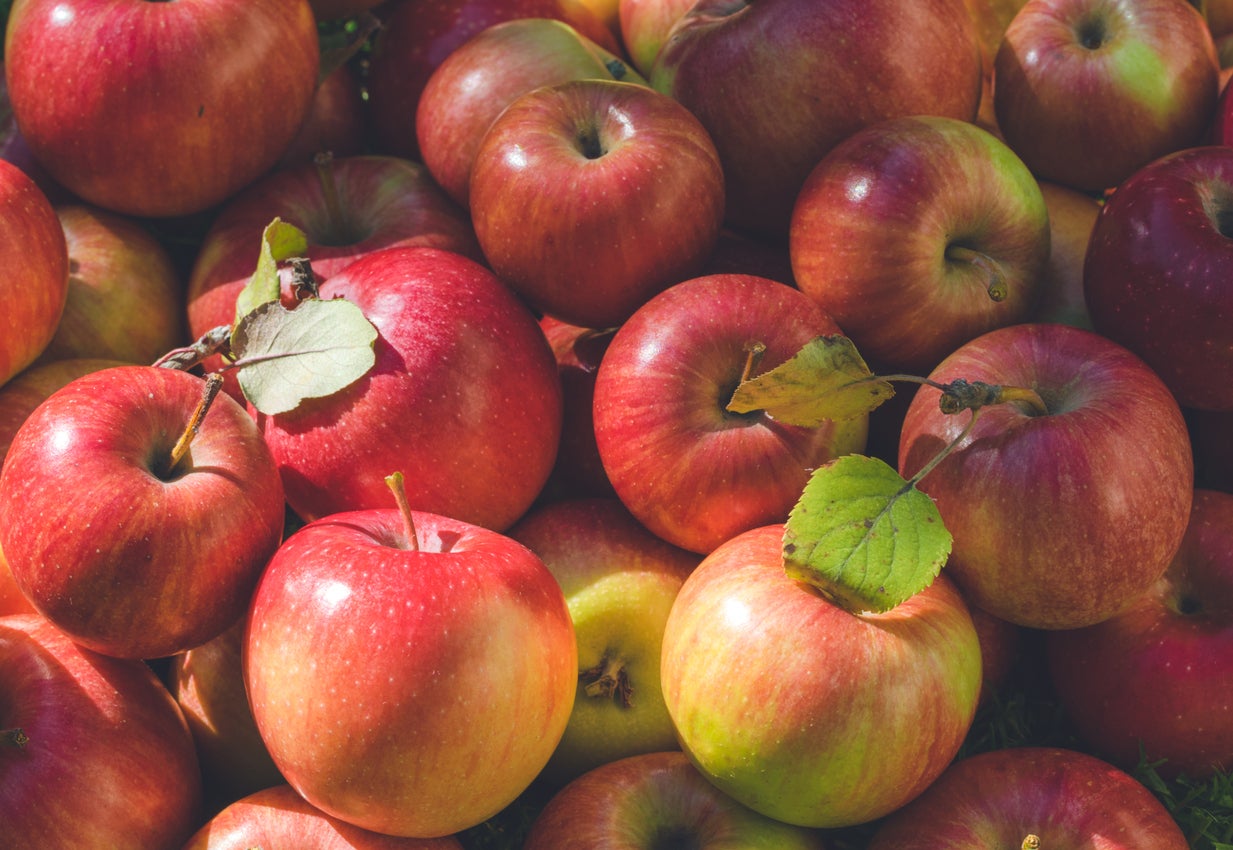State Fair Apple Facts: What Is A State Fair Apple Tree

Looking for a juicy, red apple tree to plant? Try growing State Fair apple trees. Keep reading to learn how to grow State Fair apples and other State Fair apple facts.
What is a State Fair Apple?
State Fair apple trees are semi-dwarf trees that grow to about 20 feet (6 m.) in height. This hybrid was first introduced to the market in 1977. The fruit is a bright red with subtle, yellow-green blushing. The all-purpose apple has a semi-sweet to acidic taste and juicy, yellow flesh.
State Fair blooms with showy clusters of mildly scented pink-blushed white flowers in midspring. The red apples that follow are striped with a touch of light yellow green. In the fall, the forest-green foliage turns a golden yellow before dropping.
The tree itself has a fairly rounded habit with a general clearance of about 4 feet (1 m.) from the ground that lends itself well as an accent tree when combined with courser trees or shrubs.
State Fair Apple Facts
State Fair apples are a cold hardy to -40 degrees F. (-40 C.), all-purpose apple, however, once harvested, the fruit has a fairly short storage life of about two to four weeks. It is also susceptible to fire blight and, on occasion, prone to biennial bearing. State Fair is a medium growing tree that can be expected to live for 50 years or longer.
State Fair does need a second pollinator for optimal fruit production. A good choice for a pollinator is a white blossom crabapple or another apple from flowering group 2 or 3, such as Granny Smith, Dolgo, Fameuse, Kid’s Orange Red, Pink Pearl, or any of the other apples that reside in these two groups.
How to Grow State Fair Apples
State Fair apples can be grown in USDA zones 5 to 7. State Fair needs full sun and average to moist soil that is well-drained. It is fairly tolerant of soil type, as well as pH, and also does well in areas of urban pollution.
Gardening tips, videos, info and more delivered right to your inbox!
Sign up for the Gardening Know How newsletter today and receive a free copy of our e-book "How to Grow Delicious Tomatoes".
Expect to harvest fruit in late August to early September.

Amy Grant has been gardening for 30 years and writing for 15. A professional chef and caterer, Amy's area of expertise is culinary gardening.
-
 Looking For Plants To Give You The Soft And Fuzzies? Try These 5 Fuzzy Leaf Plant Options
Looking For Plants To Give You The Soft And Fuzzies? Try These 5 Fuzzy Leaf Plant OptionsLovers of texture, drama, silver foliage and tactile plants will adore these special sensory garden additions. These fuzzy leaf plant options will leave you all aglow
By Susan Albert
-
 Get Ready For A Summer Of Hummers! Grow These Full Sun Hummingbird Plants and Flowers
Get Ready For A Summer Of Hummers! Grow These Full Sun Hummingbird Plants and FlowersIf you’re lucky enough to enjoy a sunny backyard, make sure you are maxing out on your pollinator opportunities and grow these full sun hummingbird plants and flowers
By Tonya Barnett